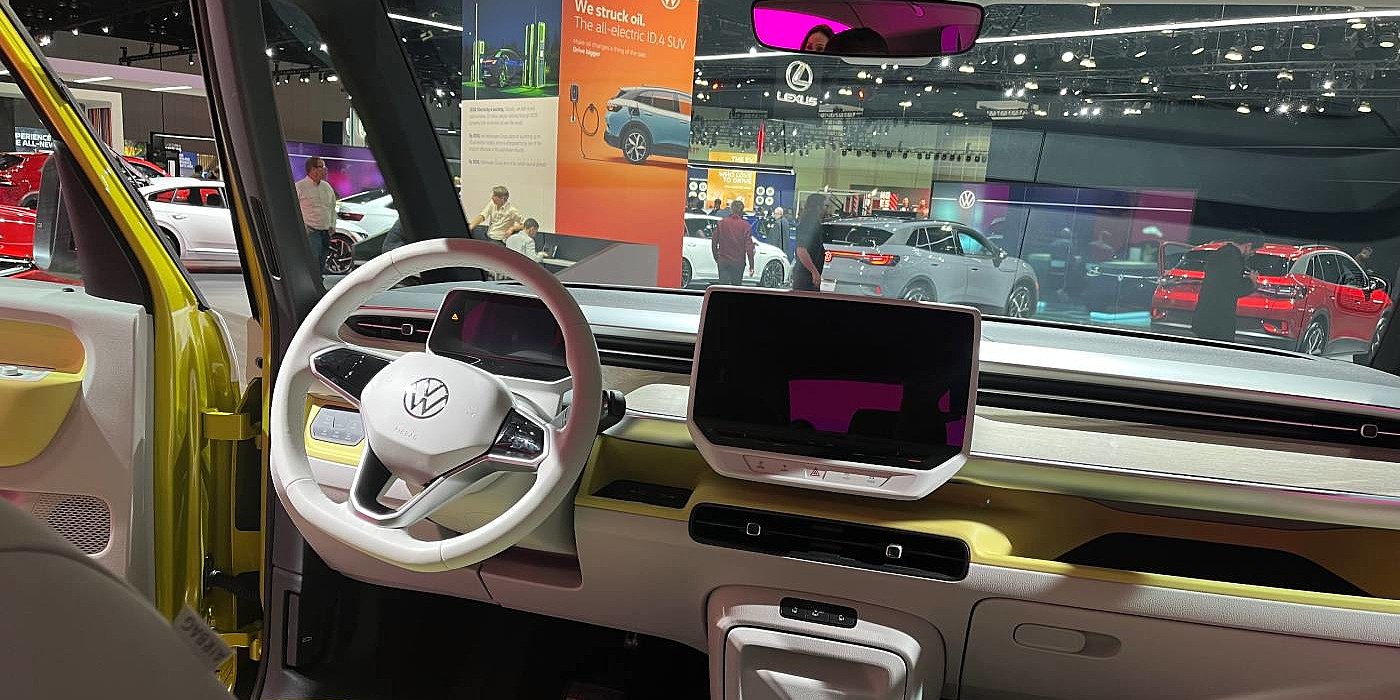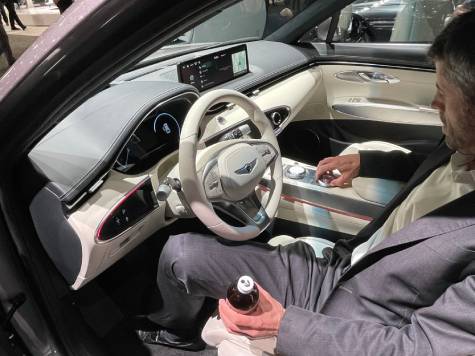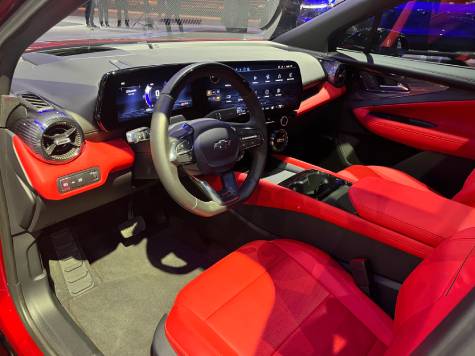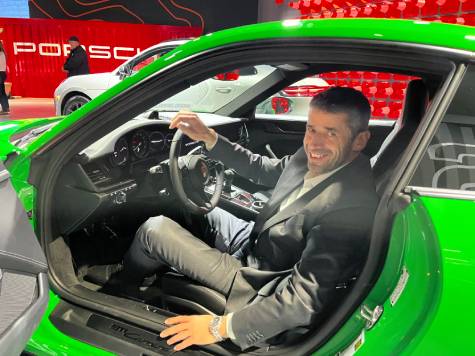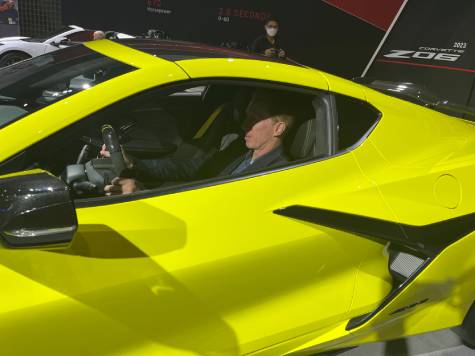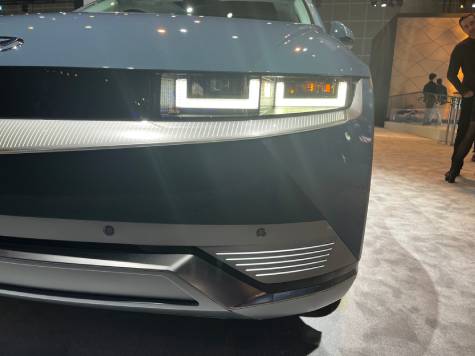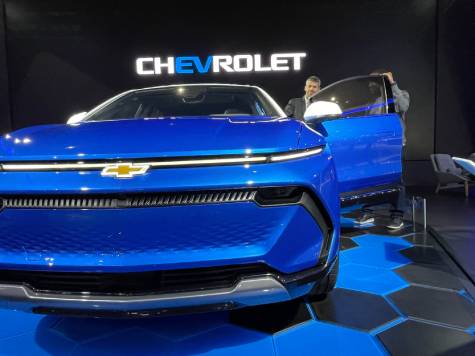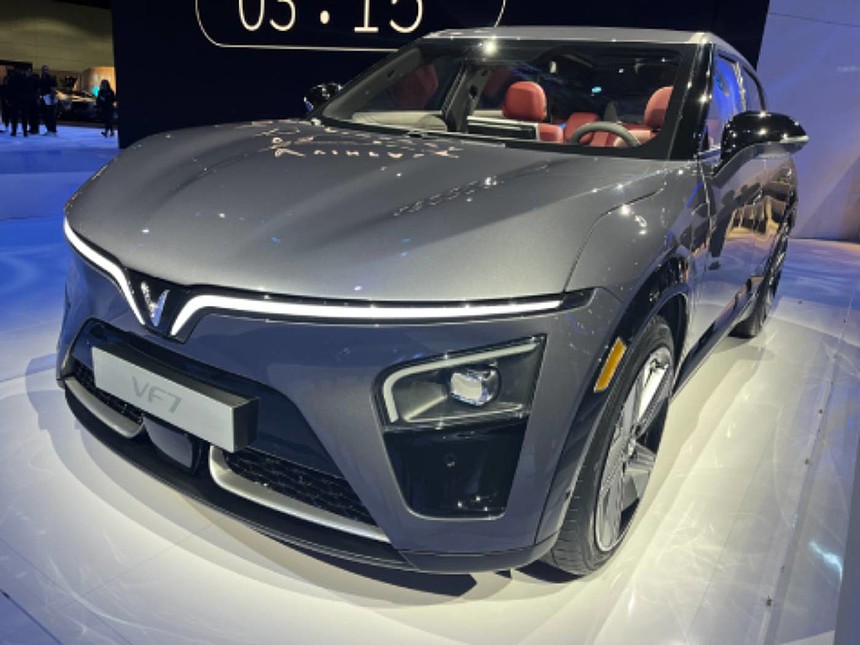Last week, Kai-Uwe Salzmann (President & CEO EDAG US) attended the LA Auto Show to get a first-hand look into what’s trending in the automotive industry. Joined by EDAG US’s business developer for California, he and Volker examined the vehicles on display with eyes that have decades of experience. Los Angeles provides a perfect venue for automotive companies to showcase their latest technological advances.
California has long been a hotbed for automotive design, particularly when it comes to electric vehicles – think companies like Tesla, Fisker, and Lucid. The Golden State has also seen the most significant adoption of electric vehicles anywhere in the world. Having an Auto Show in LA makes perfect sense then, as both design and expansion of EV offerings were both on display at this year’s show.
Electric vehicles aren’t a fluke, they’re here to stay. One key takeaway from this year’s show was that most companies are no longer testing the waters with EVs, they’re fully dedicated. Volkswagen showed off their new ID. Buzz, which joins the ID.3 and ID.4 as the latest member of the ID family, all built on the new MEB platform. Hyundai has continued to expand to new EV models across all of their brands, with the IONIC 6 on full display this year. With the IONIQ 5’s successful launch, it’s no wonder that Kia and Genesis are making inroads with their own electric models. Not to be left out, the American OEMs are also expanding their EV presence, but differently than VW and Hyundai. Rather than produce all new EV models, companies like Ford and GM are mostly opting for electrifying previous or existing models. Examples include the F-150 Lightning and e-Transit for Ford, while GM has tapped their Silverado, Blazer, and even brought back the Hummer!
Design has been an important element of the car almost since its advent over a century ago. This year’s show featured no shortage of state-of-the-art designs, specifically around lighting and interiors. Perhaps one of the most captivating parts of automotive development is witnessing how technological advances bleed into design changes around the vehicle. In recent years, LED lighting has begun to take its hold in automotive design. Where headlights and taillights used to be mostly functional components of a vehicle, the widespread adoption of LEDs has unlocked new design possibilities for the vehicle. No longer are a one-dimensional component, the head and taillights of a vehicle now central to its styling, and by extension, its identity.
Lighting has also advanced in the interior of the vehicle. Although used for decades as a functional feature to provide visibility in vehicles, ambient lighting is being used more and more. This is one facet of the new-wave of automotive interiors that have taken over in the last few years. Technology like displays have been used for a while as well, giving way to touchscreen displays that seem to get larger by the year. We’re now seeing companies take full advantage of the technology, many incorporating more than one in each vehicle. These screens have become central to the vehicle as they are the focal point of how the occupants interact with much of the vehicle. Much work has and will continue to go into optimizing the screens in terms of placement, size, and user experience for both the driver and other occupants.
EDAG has found great success in keeping in tune with all trends in the automotive world, partially through attendance of shows such as this. By quickly and comprehensively understanding new technologies and market trends, EDAG provides cutting-edge engineering support that considers all possibilities.
